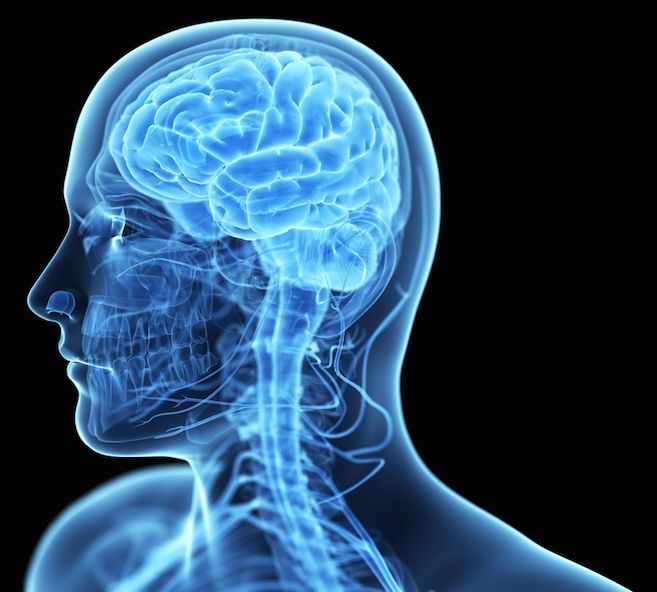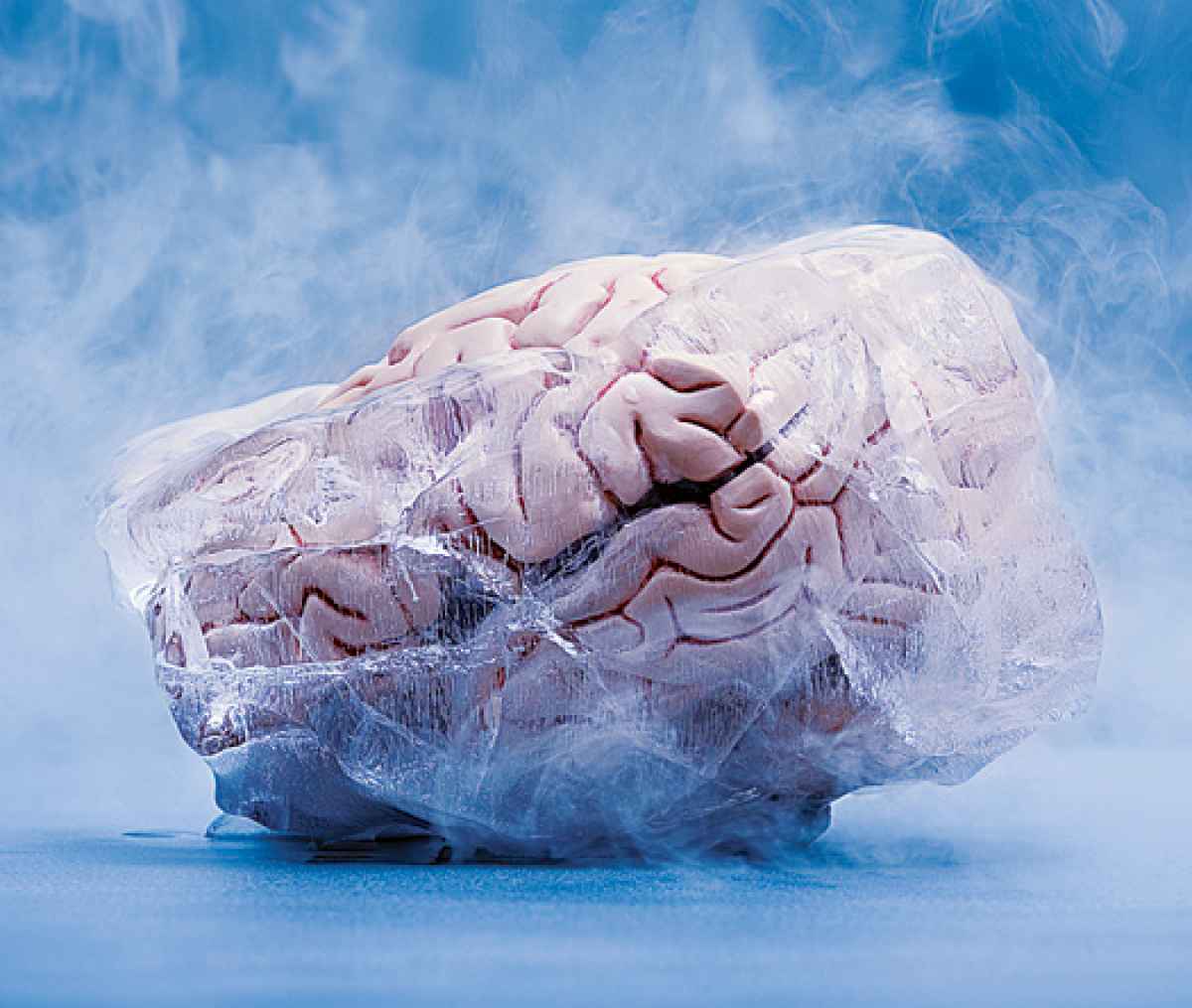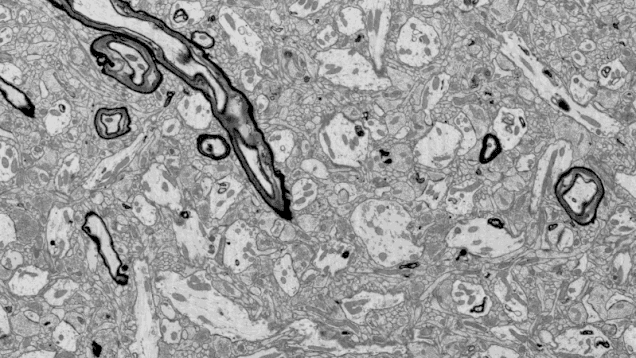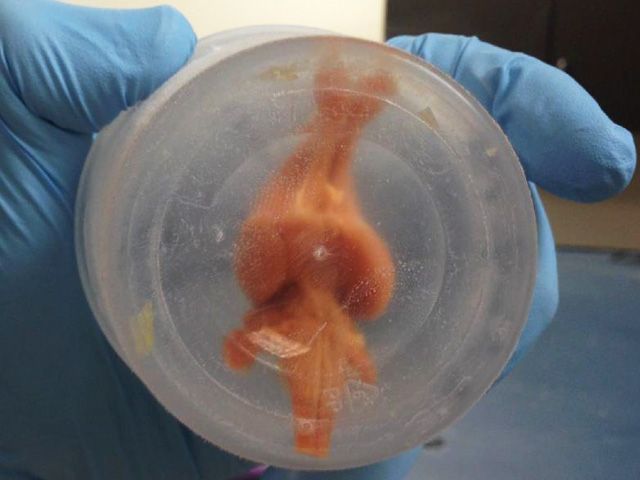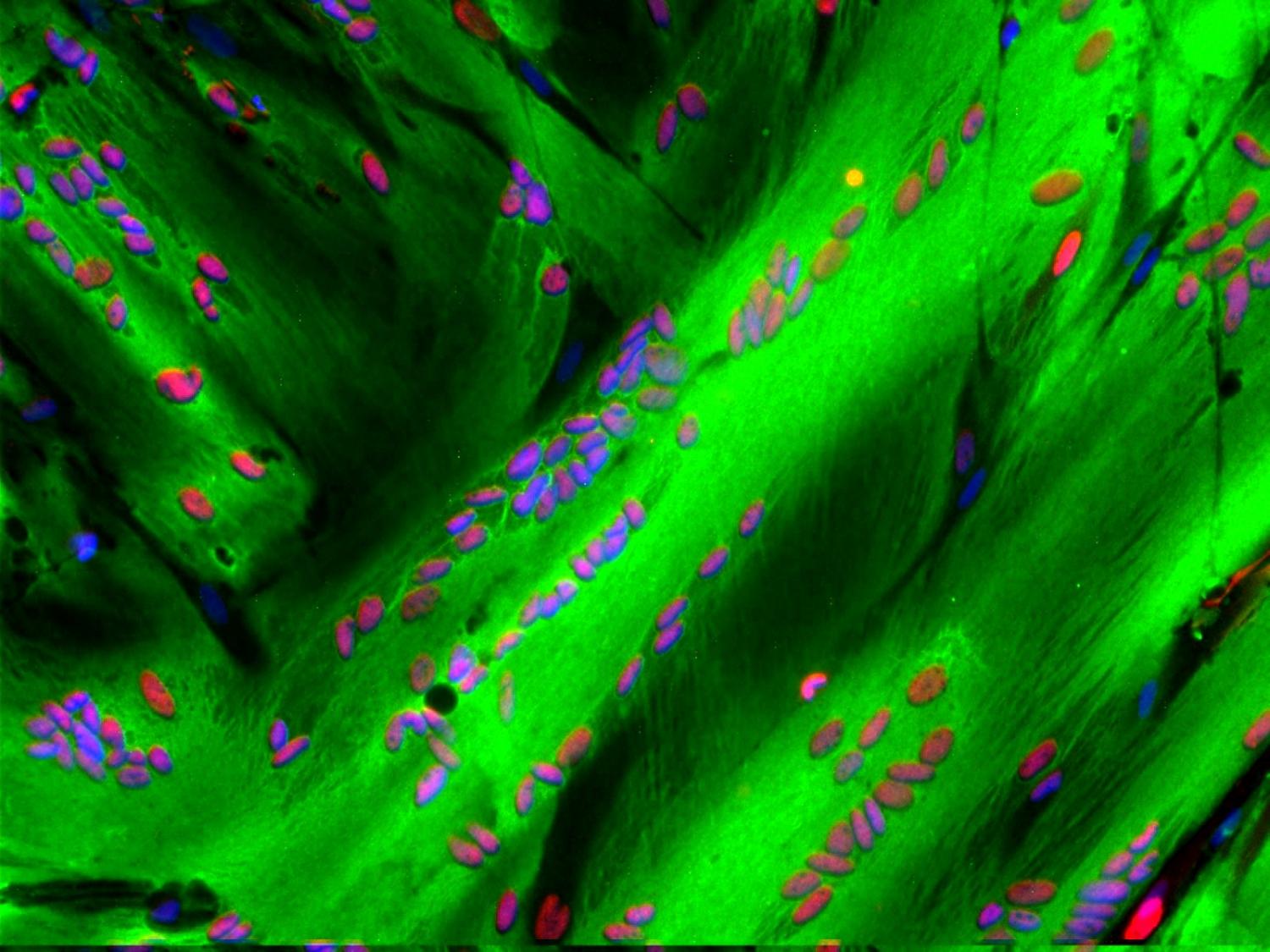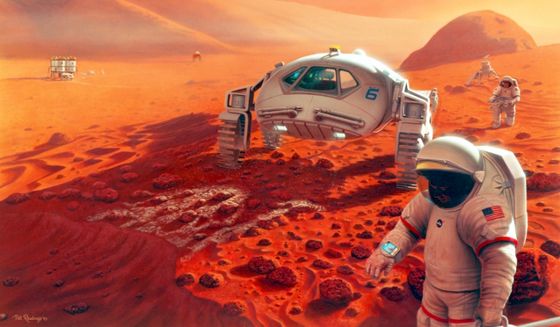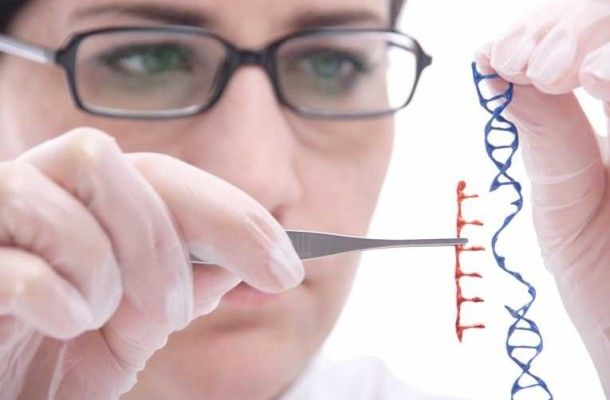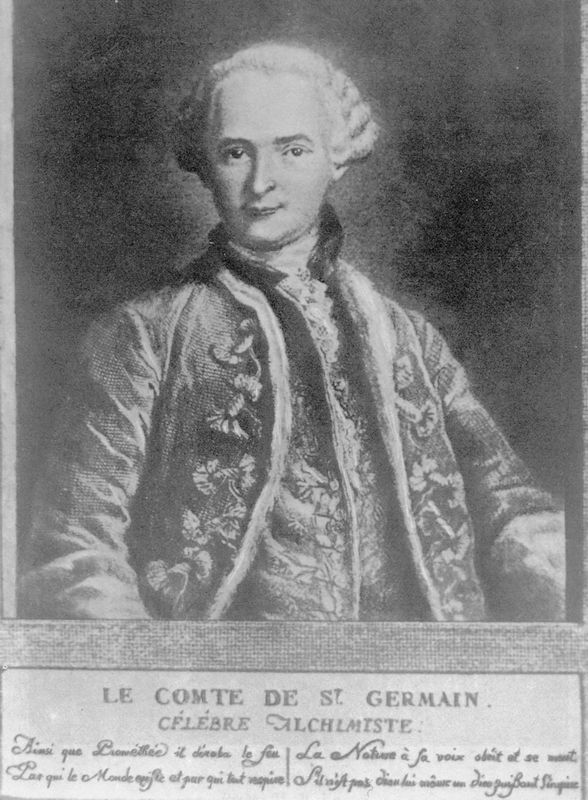
Count of St. Germain; a mystery to still be solved. Ever since I was 7 yrs old, I have found this man as a great mystery. He was a true Renaissance man like Di Vinci; however, know one knew his real age, where he truly came from, and his real story. I hope to pick up my own research again on this man; I have always loved solving puzzles and mysteries.
IS IT POSSIBLE that a man can achieve immortality – to live forever? That is the startling claim of a historical figure known as Count de Saint-Germain. Records date his birth to the late 1600s, although some believe that his longevity reaches back to the time of Christ. He has appeared many times throughout history – even as recently as the 1970s – always appearing to be about 45 years old. He was known by many of the most famous figures of European history, including Casanova, Madame de Pampadour, Voltaire, King Louis XV, Catherine the Great, Anton Mesmer and others. Who was this mysterious man? Are the stories of his immortality mere legend and folklore? Or is it possible that he really did discover the secret of defeating death?
ORIGINS
When the man who first became known as Saint-Germain was born is unknown, although most accounts say he was born in the 1690s. A genealogy compiled by Annie Besant for her co-authored book, The Comte De St. Germain: The Secret of Kings, asserts that he was born the son of Francis Racoczi II, Prince of Transylvania in 1690. Other accounts, taken less seriously by most, say he was alive in the time of Jesus and attended the wedding at Cana, where the young Jesus turned water into wine. He was also said to be present at the council of Nicaea in 325 A.D. What is almost unanimously agreed on, however, is that Saint-Germain became accomplished in the art of alchemy, the mystical “science” that strives to control the elements. The foremost goal of this practice was the creation of “projection powder” or the elusive “philosopher’s stone,” which, it was claimed, when added to the molten form of such base metals as lead could turn them into pure silver or gold. Furthermore, this magical power could be used in an elixir that would impart immortality on those who drank it. Count de Saint-Germain, it is believed, discovered this secret of alchemy.
Continue reading “Saint-Germain: The Immortal Count He was an alchemist who, it is believed, discovered the secret of eternal life” »
